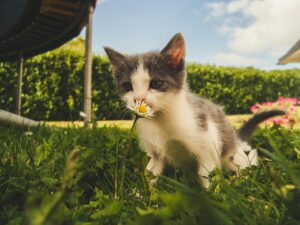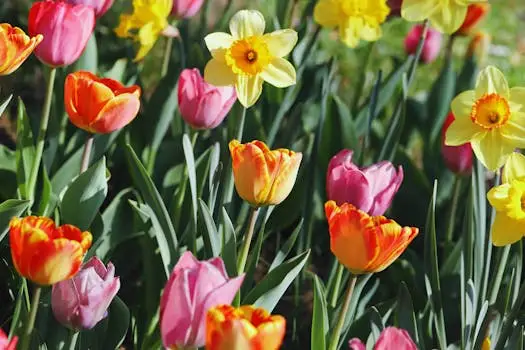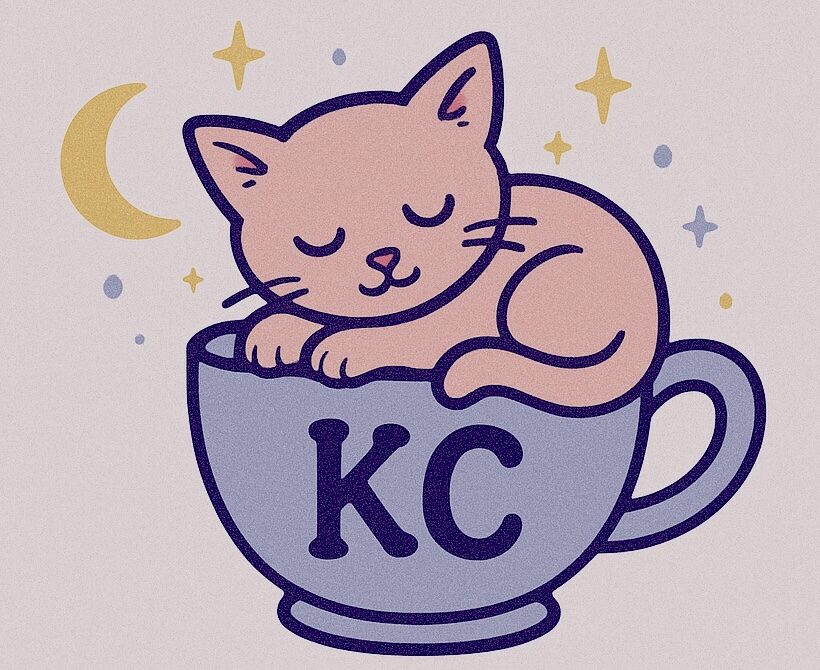Fostering or adopting a cat or kitten means giving them a safe place to heal and grow. One thing that’s easy to overlook—but incredibly important—is the plants in your home. Many common houseplants and flowers can be toxic to cats, even in small amounts.
If you’re fostering or adopting, especially kittens who chew everything, this guide will help you cat-proof your space and know what to do in an emergency.

🚫 Common Toxic Plants to Remove or Avoid
These are some of the most dangerous and common plants found in homes, floral arrangements, and gardens. Even contact with leaves or pollen can cause a reaction.
🌸 Lilies (especially Easter, Day, Tiger, Asiatic, Stargazer)
• Extremely toxic. Even brushing against lily pollen and grooming it off can cause kidney failure.
• Fosters: Never keep lilies in the house.

🌴 Sago Palm
• Highly toxic. The seeds (nuts) are the most dangerous part.
• Causes liver failure and can be fatal.

🪴 Pothos (Devil’s Ivy), Dieffenbachia (Dumb Cane), and Philodendron
• Mild to moderate toxicity. Causes mouth irritation, drooling, and vomiting.
• Fosters: If you have hanging or climbing plants, make sure cats can’t reach them.

🌷 Tulips & Daffodils
• Toxic bulbs. Found in bouquets or outdoor beds.
• Can cause vomiting, drooling, and heart issues if ingested.

🌿 Aloe Vera & Lavender
• Often thought of as “natural” or healing—but not for cats.
• Aloe can cause vomiting and tremors; lavender (especially essential oils) is a neurotoxin for cats.

🧪 Why Are These Plants Toxic?
Cats have a unique metabolism that makes certain plant compounds, like oxalates, glycosides, or essential oils, much more harmful to them than to humans or even dogs. Since cats groom themselves constantly, they often ingest toxins simply by licking their fur after contact.
🆘 What To Do If a Foster Cat Ingests a Toxic Plant
If you think your foster cat or kitten has eaten or even licked a toxic plant:
1. Remove the cat from the plant right away.
• Gently wipe off any visible plant matter or residue.
2. Try to identify the plant.
• Take a photo or bring a piece of it with you for the vet.
3. Contact your rescue coordinator immediately.
• Even if after hours please contact someone.
4. Call a pet poison hotline if you need guidance:
• ASPCA Animal Poison Control: 1-888-426-4435
• Pet Poison Helpline: 1-855-764-7661
🚫 Do NOT:
• Induce vomiting unless instructed by a vet.
• Assume that “natural” means safe.
✅Friendly, Non-Toxic Plant Alternatives
Want to keep your home green without putting your foster at risk? Here are some cat-safe plants:
• Spider Plant
• Calathea
• Bamboo Palm
• Prayer Plant
• Cat Grass
• Catnip
🌱 Final Tips
• Check every plant in your house or yard before bringing home a new foster.
• Keep plants out of reach (though remember—cats climb!).
• Share this info with any adopters when the cat goes home.
Keeping a cat safe doesn’t mean you can’t have plants—just make sure they’re the right ones. If you’re ever unsure, check the ASPCA’s Toxic & Non-Toxic Plant List before bringing new greenery inside.
